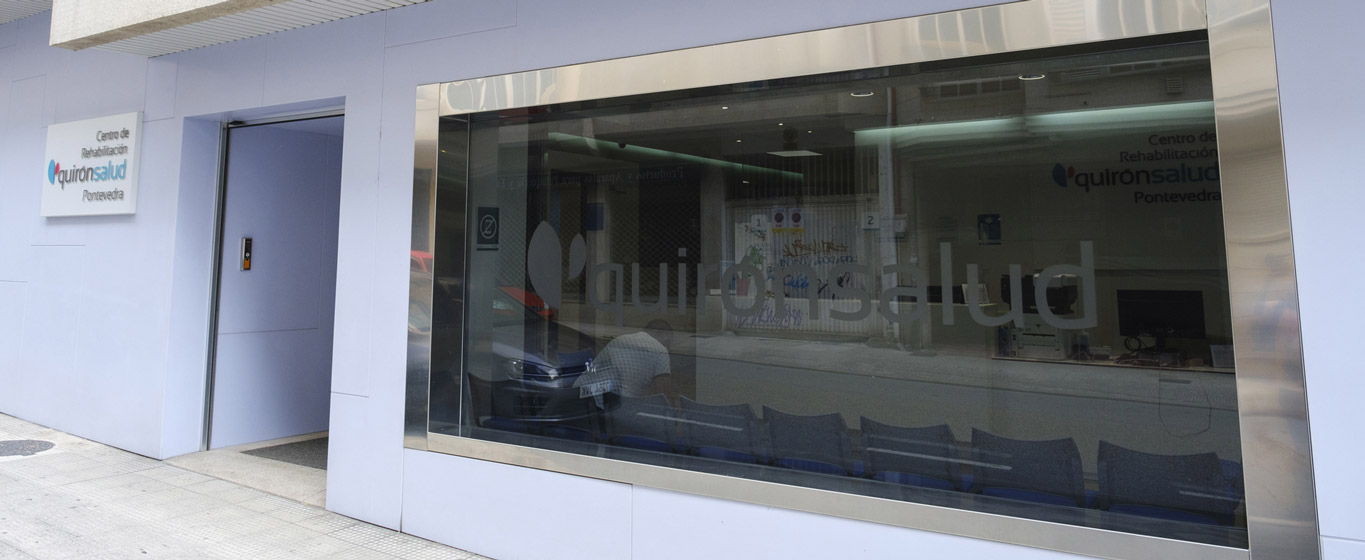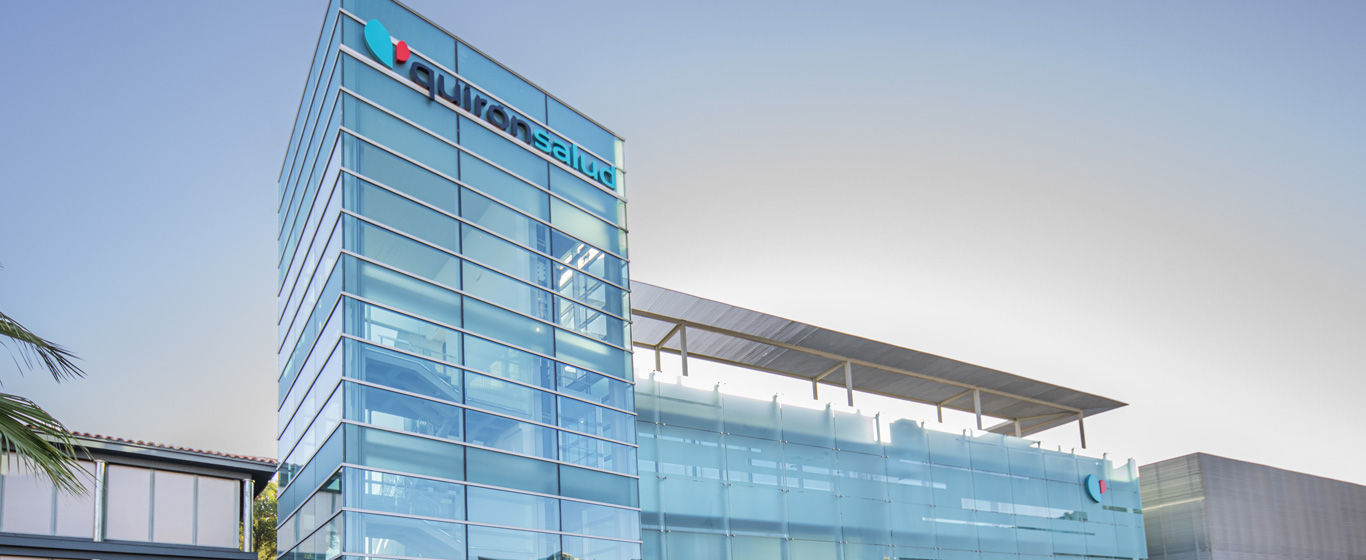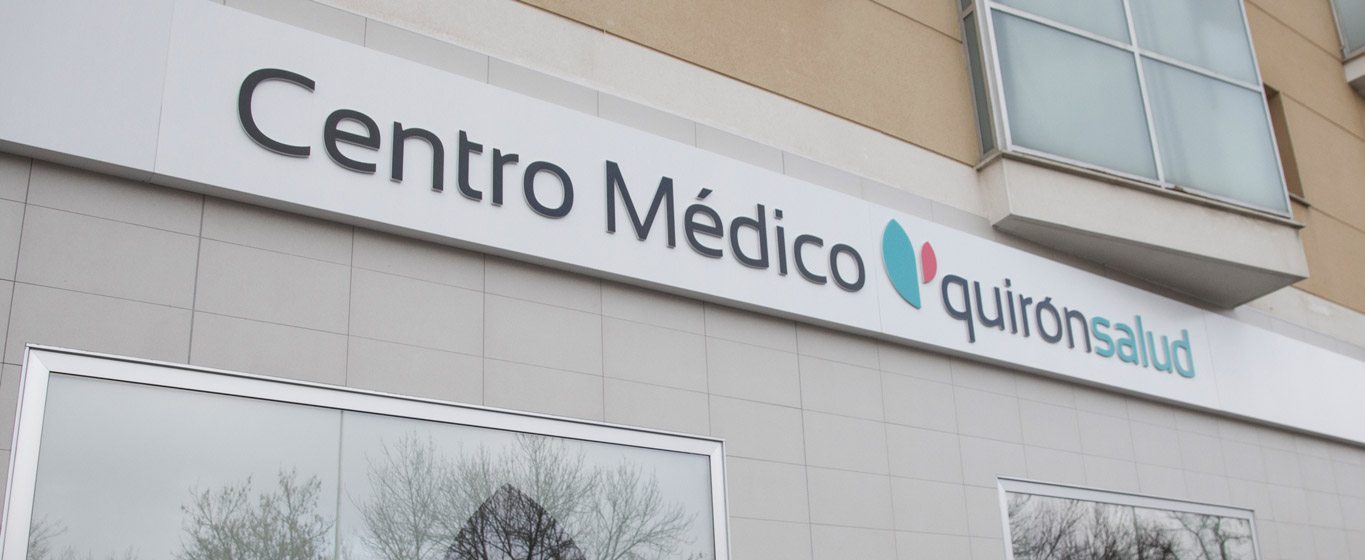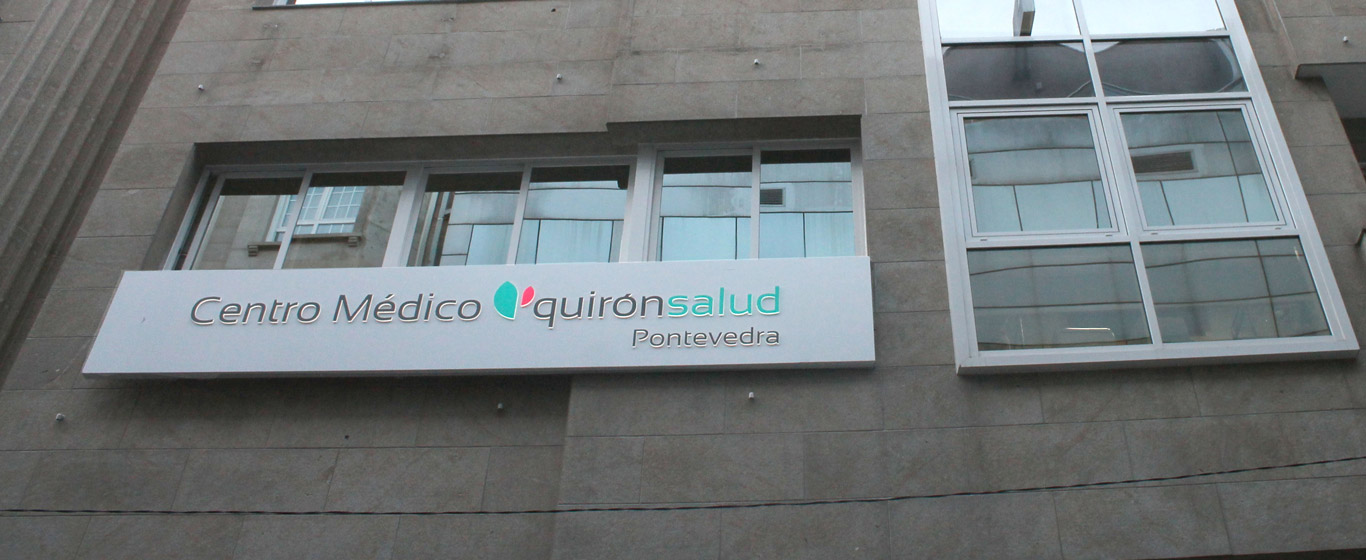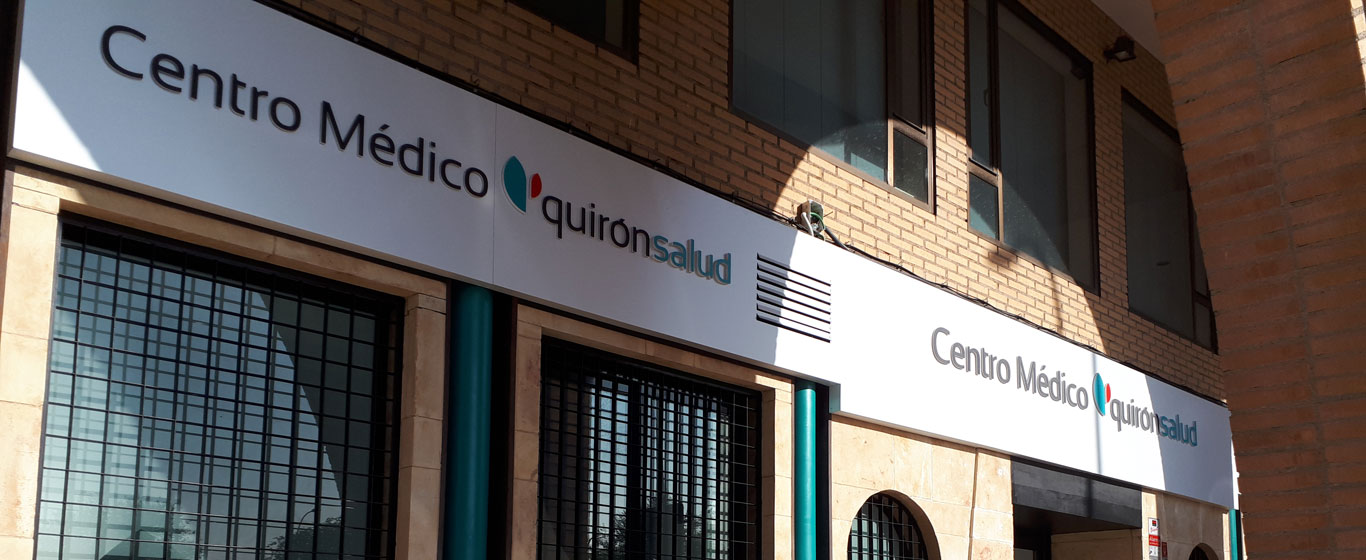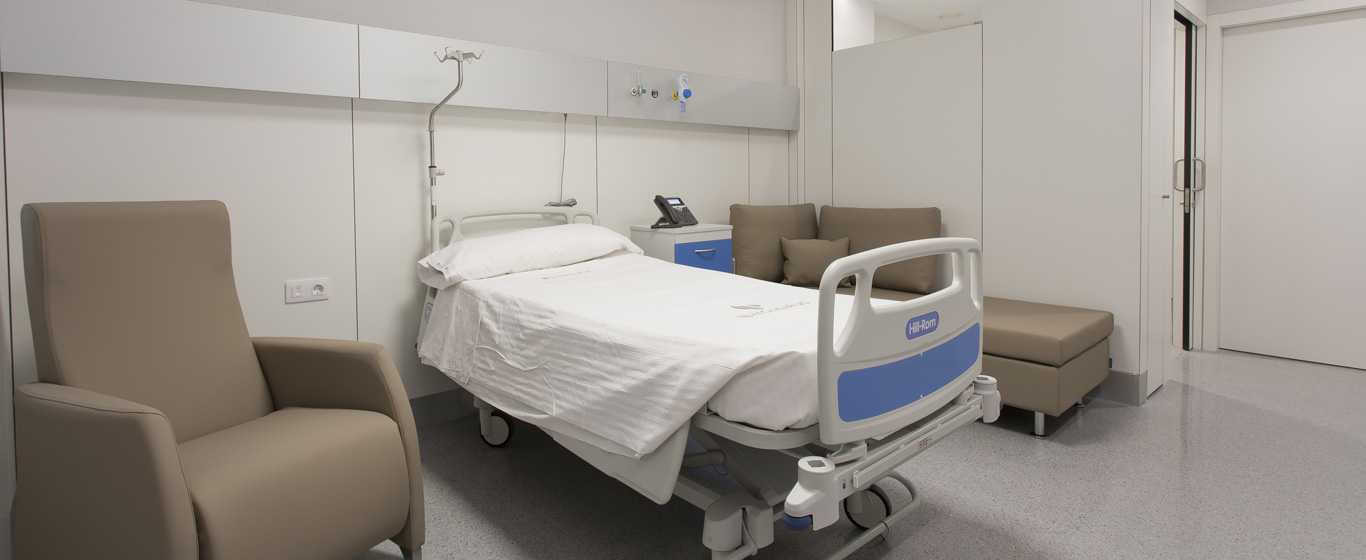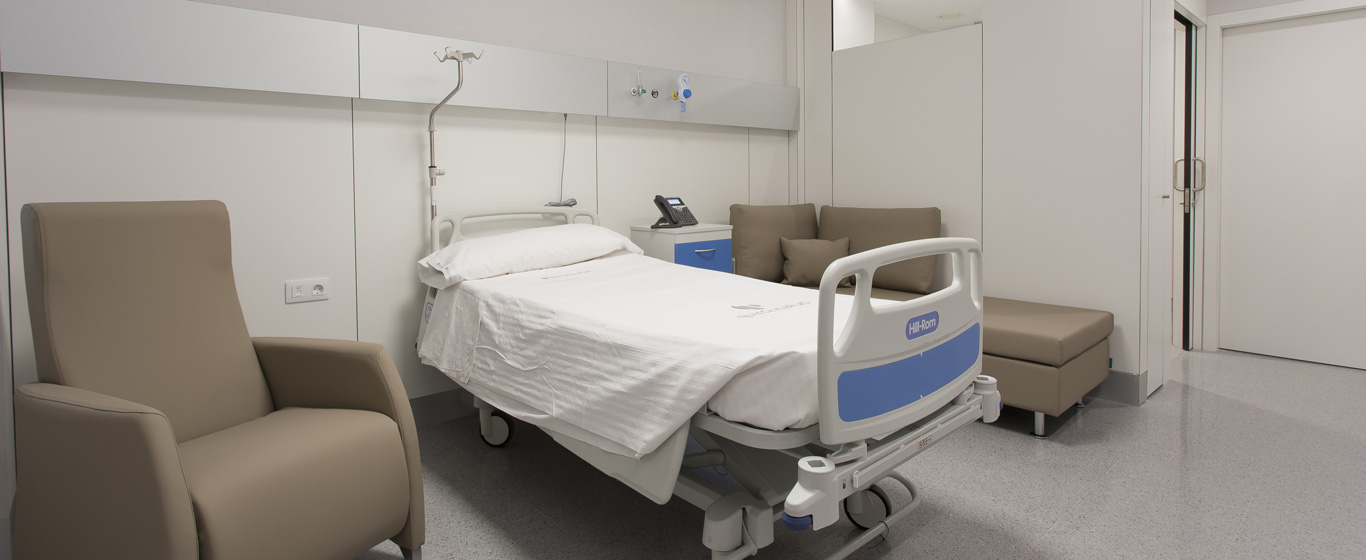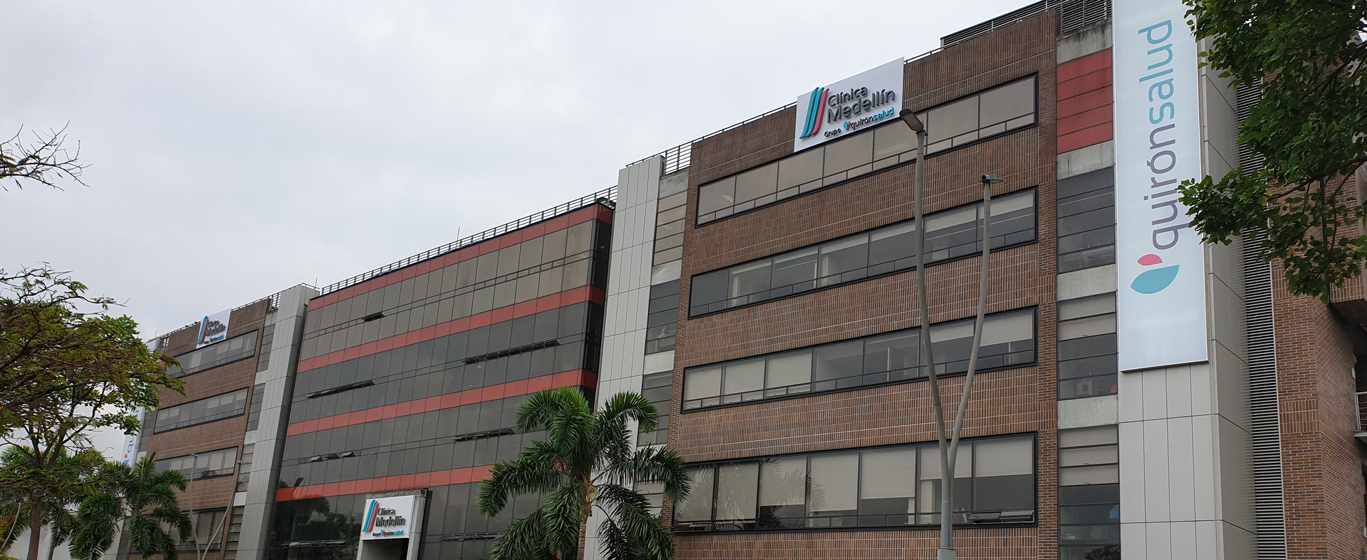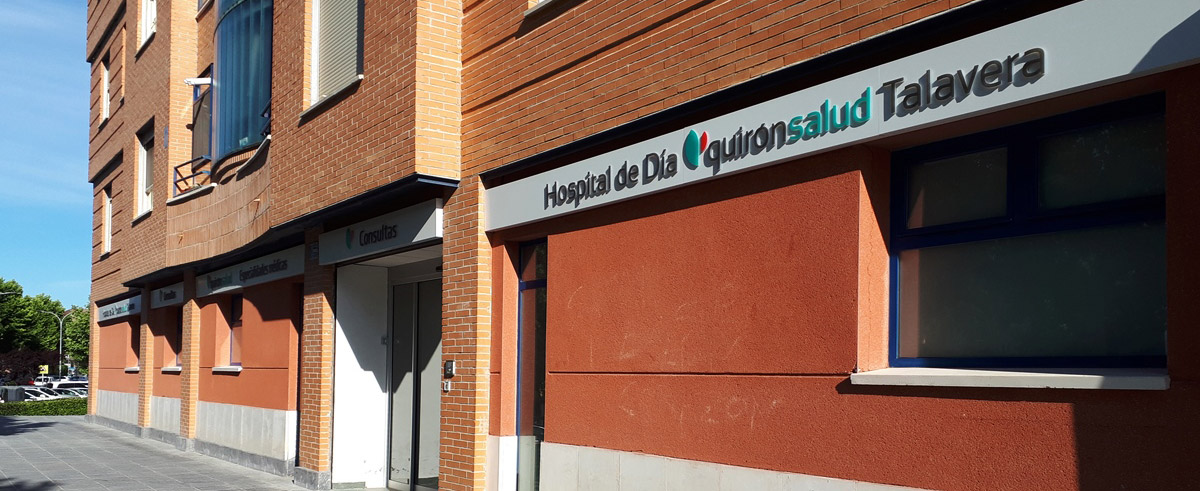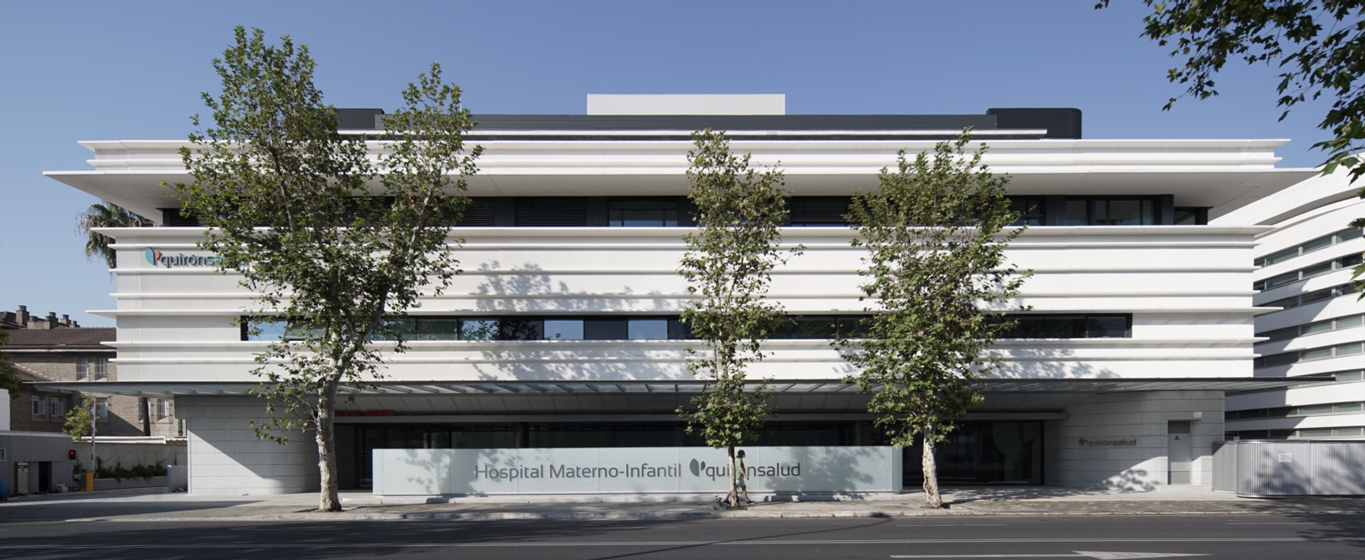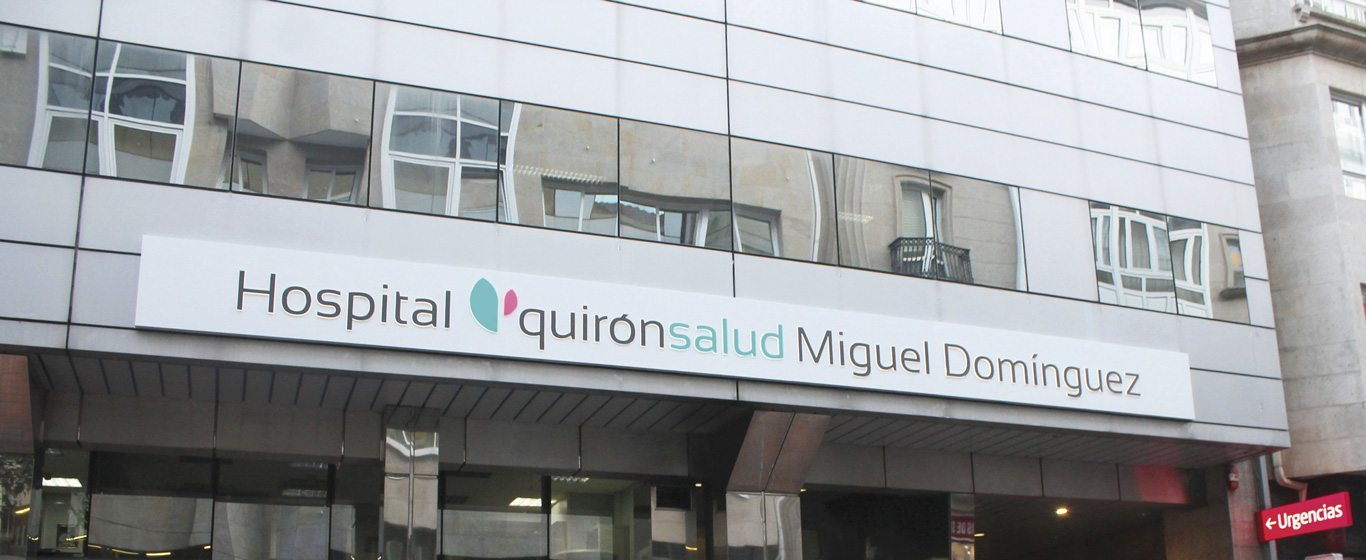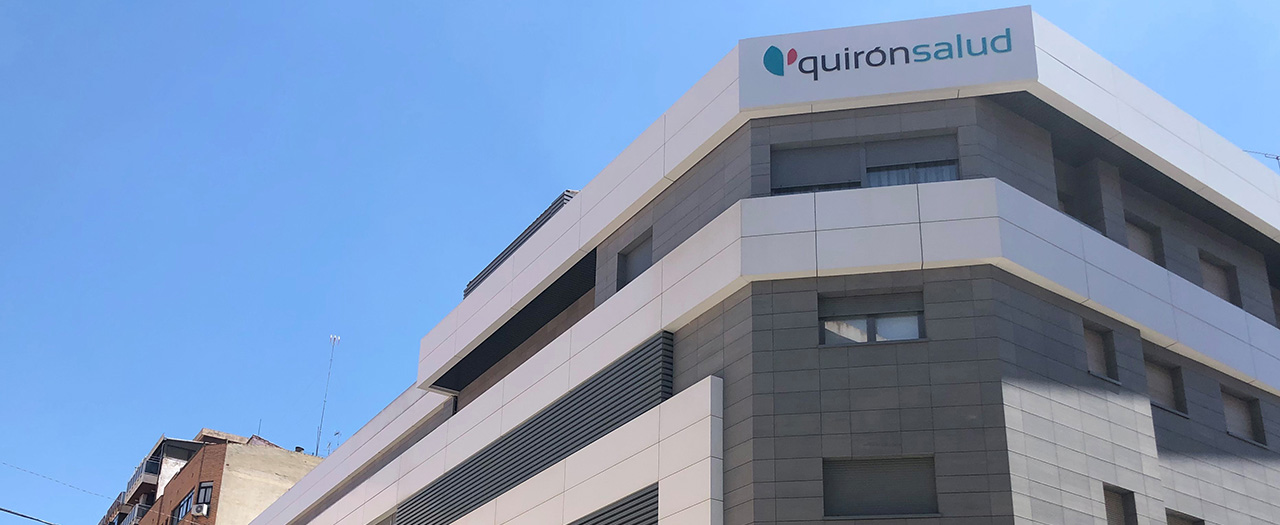Wrinkles
How to treat wrinkles? Information on different approaches to correct crow’s feet, nasolabial folds, or expression lines.
Symptoms and Causes
Skin wrinkles naturally result from aging and are caused by the breakdown of collagen and elastin in the skin. However, they can appear prematurely or deepen due to sun exposure or smoking. Wrinkles also tend to be more pronounced in people who are highly expressive.
Medical consultations for wrinkles are primarily for aesthetic reasons, as they are not a disease nor do they pose a health risk. Today, various techniques are available to eliminate or reduce their appearance, and surgery is not always necessary.
Symptoms
Wrinkles appear as grooves and folds that form on the skin. They most commonly occur in the following areas:
Face:
- Forehead
- Around the eyes (crow’s feet)
- Around the mouth (nasolabial folds, marionette lines, and mentolabial fold)
- Neck
- Arms
- Hands
- Knees
Causes
Wrinkles develop due to several factors:
- Natural skin aging: Loss of elasticity, fat, and collagen.
- Excessive sun exposure: Ultraviolet rays accelerate the loss of collagen and elastin.
- Smoking: Nicotine speeds up cellular aging.
- Facial expressions: Repetitive facial movements (smiling, frowning, squinting) contribute to wrinkle formation. People who are very expressive tend to notice wrinkles earlier.
- Genetics: Genes influence skin characteristics.
Risk Factors
Over time, everyone develops wrinkles to some degree. The factors that increase the likelihood of premature wrinkles include excessive sun exposure and smoking.
Complications
Wrinkles do not cause complications. However, as years pass, they deepen and may be accompanied by sagging and loss of skin firmness.
Prevention
While wrinkles cannot be entirely avoided, their development can be slowed down by following these guidelines:
- Use sunscreen daily, even in winter and on cloudy days.
- Avoid sun exposure during peak hours.
- Keep skin hydrated, as dry skin is more prone to wrinkles.
- Do not smoke.
- Maintain a balanced and healthy diet.
Which Doctor Treats Wrinkles?
Wrinkle treatments are performed in the Plastic, Aesthetic, and Reconstructive Surgery Unit or the Aesthetic Medicine Unit.
Diagnosis
A visual examination of the skin allows for the detection of wrinkles and an assessment of their characteristics and depth. During the medical history review, the specialist considers past medical conditions and lifestyle habits, which influence skin health and help determine the most suitable treatment.
Treatment
There are various treatments available to correct, prevent, and reduce the appearance of skin wrinkles, many of which do not require surgery. The most effective options include:
- Correction with neuromodulating substances: This method is ideal for treating expression lines. It involves injecting specific chemical substances that naturally relax neurons to minimize muscle contraction without limiting movement or facial expressions. Botulinum toxin type A is the most commonly used.
- Hyaluronic acid fillers: This component is injected directly into wrinkles to fill them and improve their appearance. It is an absorbable treatment with temporary effects.
- Thread lifting: One of the most effective techniques when performed by an experienced professional. A needle is inserted under the skin to lift muscles and tighten tissues.
- Laser resurfacing: A CO₂ laser is applied to the skin to fully renew the facial surface, reducing wrinkles, tightening the skin, and eliminating blemishes and spider veins.
- Photorejuvenation: Intense light therapy is used to regenerate the skin and stimulate collagen production.
- Chemical peel: A chemical solution is applied to remove the outer layers of skin, promoting regeneration and a more youthful appearance.
- Facelift: A surgical procedure that smooths the skin and removes excess fat. Small incisions are made along the hairline, behind the ears, and, if necessary, at the nape of the neck to minimize visible scarring. The skin is then tightened, excess tissue is removed, and muscles are repositioned.
- Brachioplasty: A surgical procedure to treat arm wrinkles by lifting the tissue and smoothing the skin through an incision on the upper inner arm.
- Ultherapy: A non-invasive procedure that uses ultrasound waves to target specific areas, reducing wrinkles and skin laxity.






